What is the OEKO-TEX® Standard 100? Explanation OEKO-TEX® Standard 100 is an independent testing and certification system for raw, intermediate, and finished textile products at all stages of processing. Examples of certifiable items include: raw and dyed/processed sewing thread, raw and dyed/processed woven and knitted fabrics, manufactured articles (all types of clothing, home textiles, bed linen, terrycloth articles, textile toys, and many others). Criteria Harmful substance controls include: substances prohibited by law substances regulated by law chemicals known to be harmful to health (but not yet regulated by law) as well as parameters for health prevention Overall, the requirements go far beyond current national laws. Laboratory tests and product classes OEKO-TEX® testing for harmful substances always depends on the actual use of the textile. The more intense the textile's contact with the skin, the stricter the requirements in terms of human ecology. Therefore, four product classes are differentiated: Product class I : textile articles for babies and children up to the age of 3 (clothing, toys, sheets, terrycloth articles, etc.) Product class II : textiles close to the skin (underwear, sheets, T-shirts etc.) Product class III : textiles worn away from the skin (jackets, coats etc.) Product class IV : furnishing materials (curtains, tablecloths, upholstered furniture coverings, etc.) Certification The prerequisite for the certification of textile products in accordance with OEKO-TEX® Standard 100 is that all components of an article meet the required criteria without exception – in addition to the outer part, therefore, for example, also sewing threads, interlinings, prints etc. as well as non-textile accessories such as buttons, zippers, rivets etc.
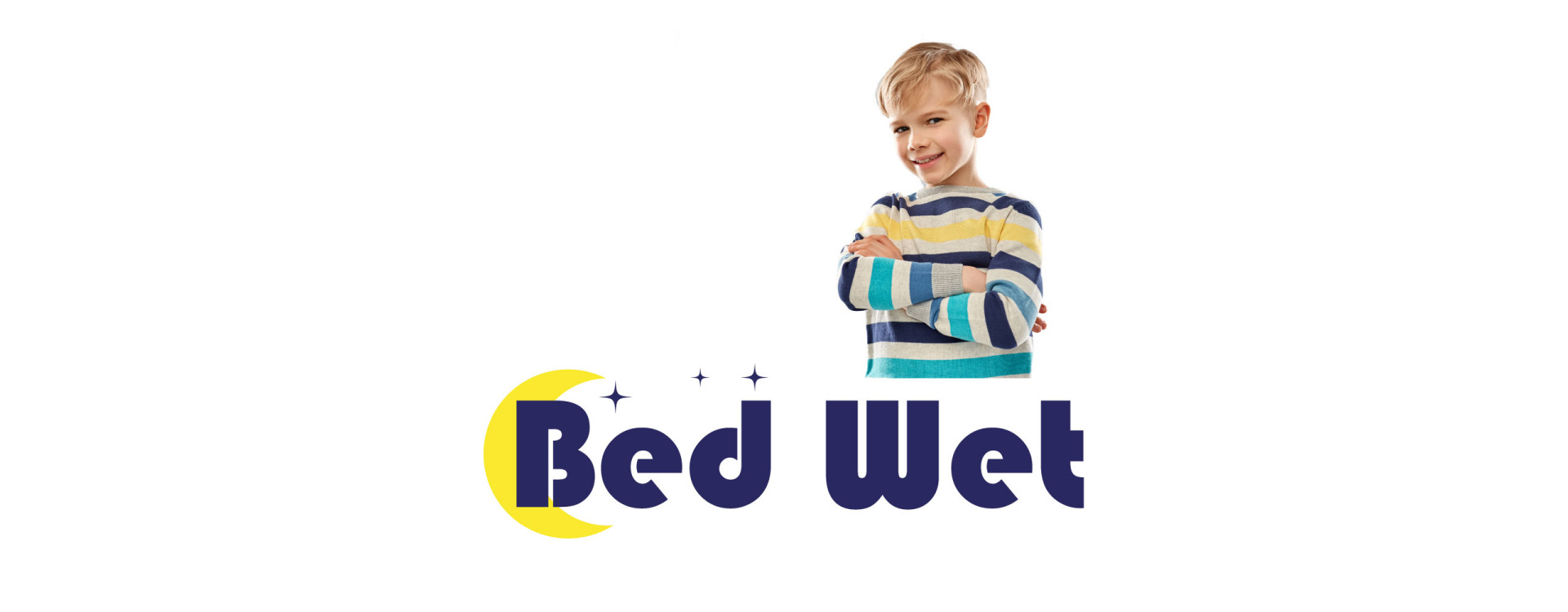

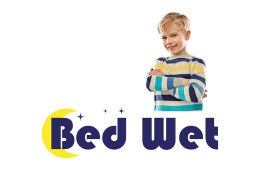
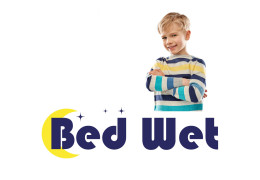
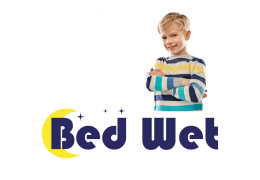
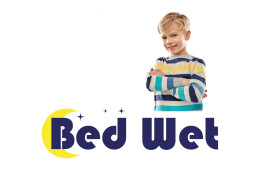
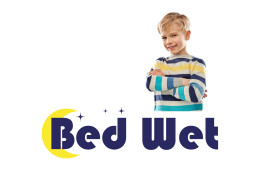
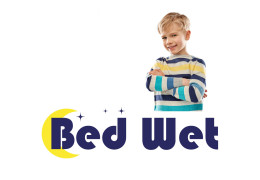
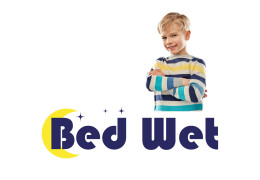
Latest comments